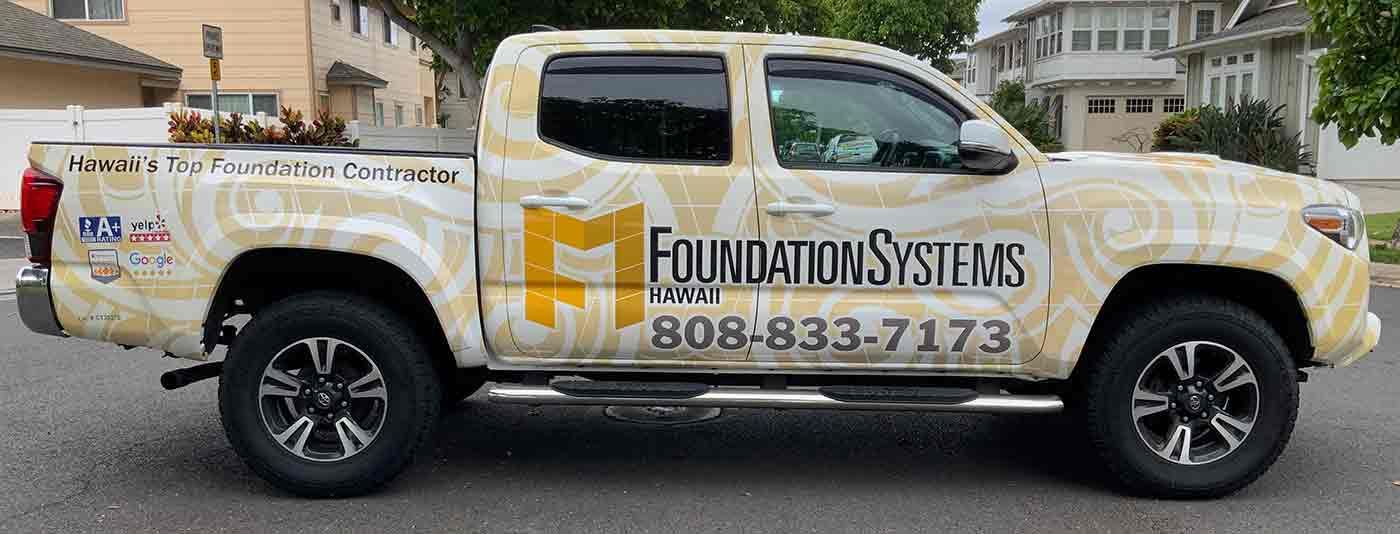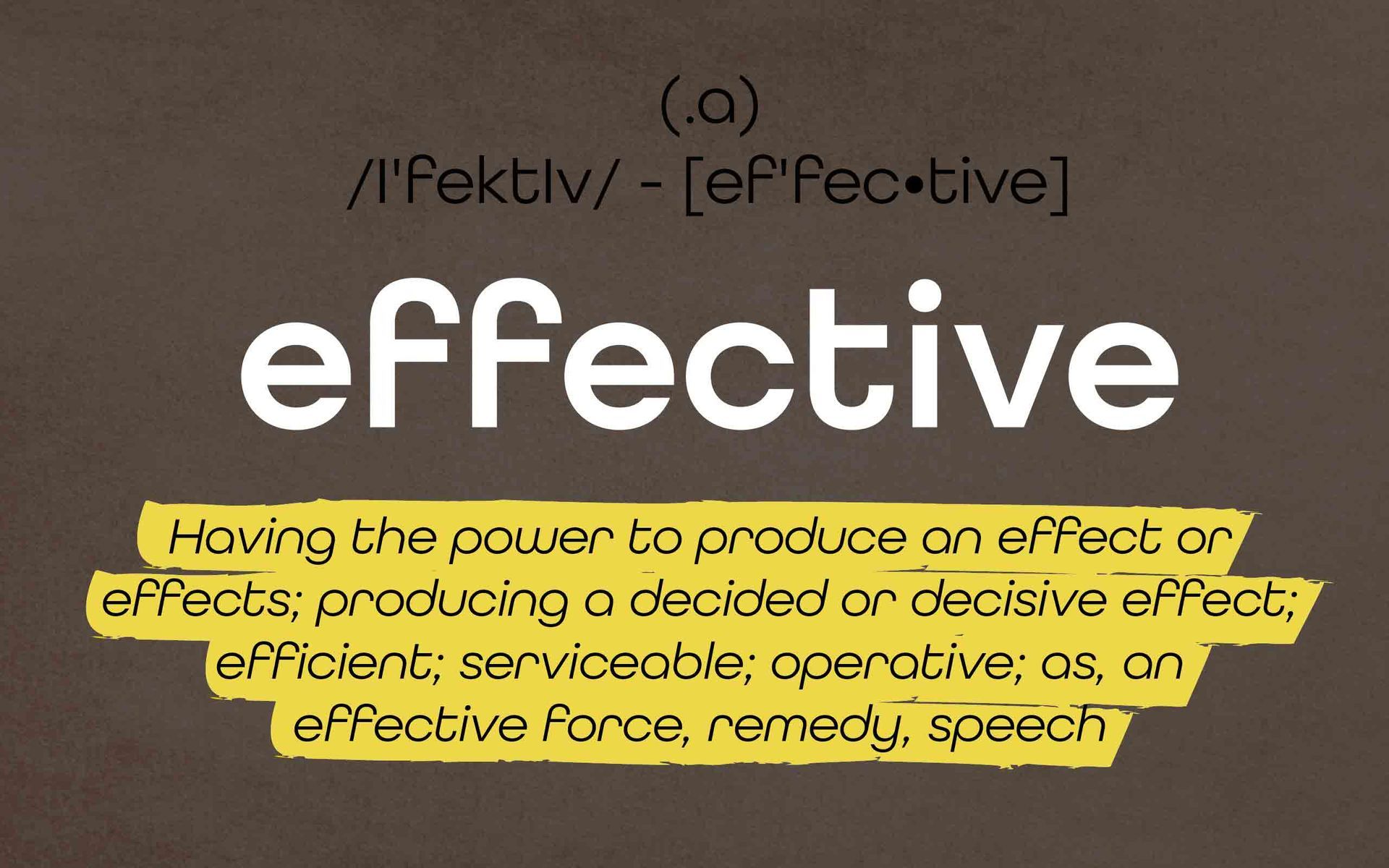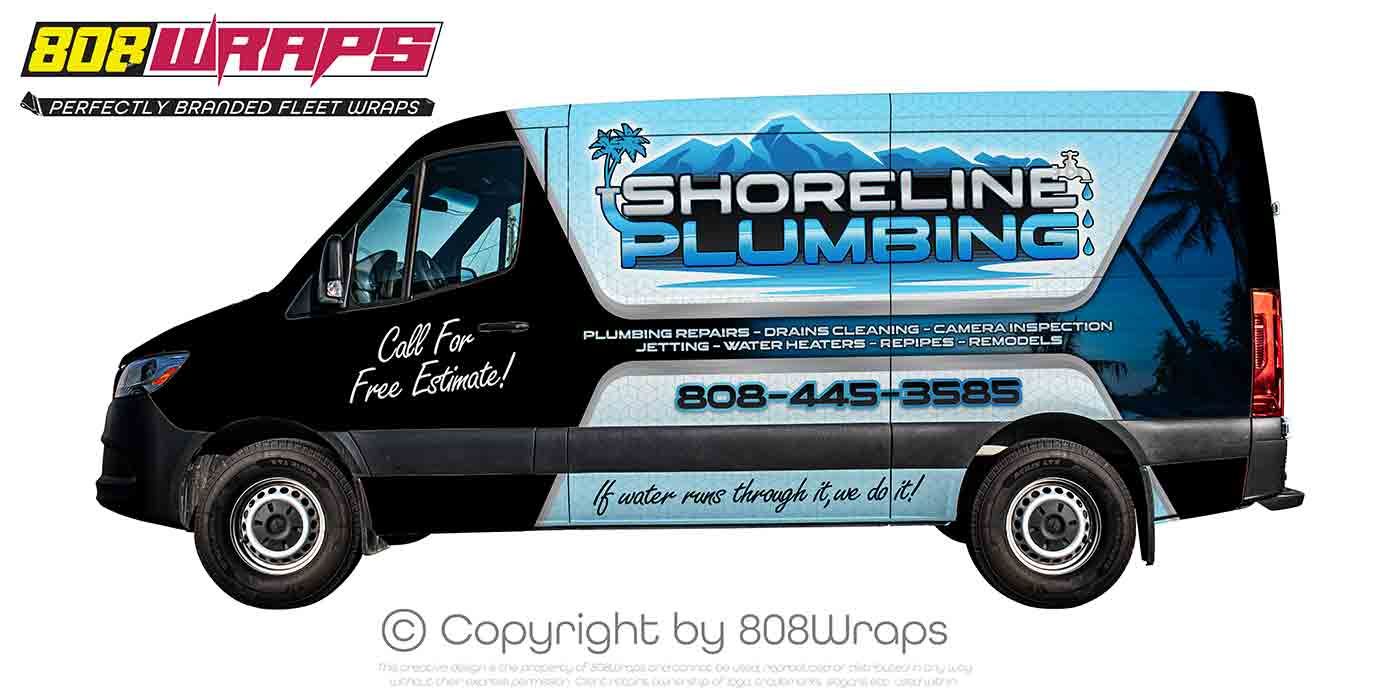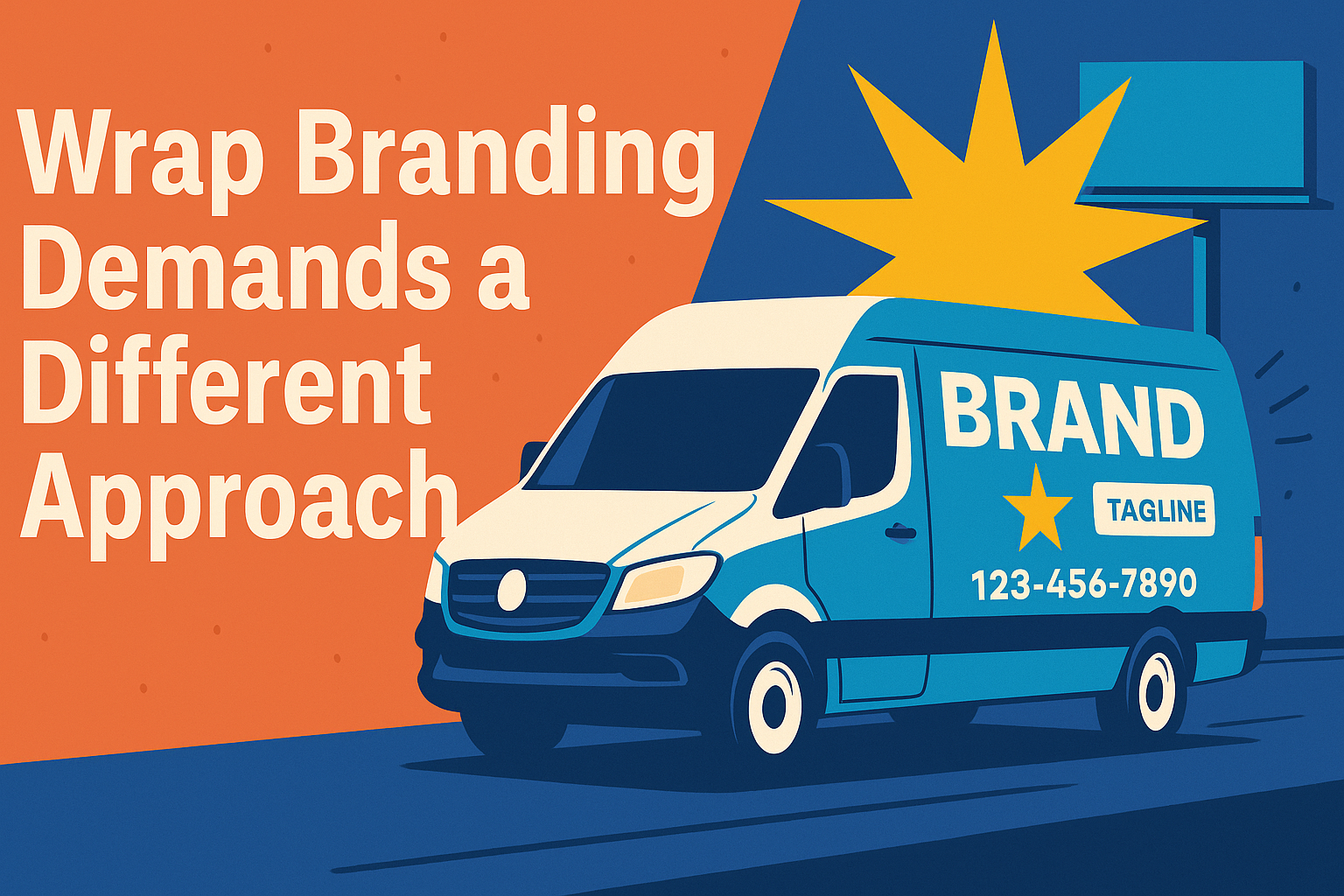Why Replace Vehicle Wraps Every 2 Years?
Get a Quick QuoteWhy Replace Vehicle Wraps Every 2 Years?
Maximizing Impact, ROI, and Vehicle Longevity
1. WrapFatigue™: Proven Advertising Science
Research across TV, radio, digital, and OOH advertising shows most messages lose effectiveness after 12–24 months. Viewers habituate to the design and stop seeing it. A 2-year refresh keeps your wrap eye-catching and your advertising impact high.
2. Material Durability & Appearance in Hawaii's Climate
Hawaii's harsh sun, heat, and salty environment degrade even the most top-quality vinyl. Horizontal surfaces like hoods and roofs can crack or fade after 18–24 months, making removal difficult and increasing labor. Rewrapping every 2 years preserves your image and lowers long-term costs.
3. Financial Logic of Timely Replacement
Frequent replacement means easier removal and installation, less downtime, and sustained advertising effectiveness. Even if a wrap can last 5 years under ideal conditions, its advertising ROI drops sharply after 24 months. Don't believe it? Schedule a call with ourClient Success Advocate and have them show you the ROIRadar™ to determine the revenue lost by keeping the same wrap on a vehicle longer than 18–24 months. The results will shock you.
4. Aligning with Proven Marketing Practices
Companies rarely run the same TV commercial or social media ad for years without refreshing it. Vehicle wraps, aka moving billboards, follow the same principles. Updating your design every 2 years keeps the message engaging and memorable.
Key Takeaway
Stay visible. Stay memorable. Maintain your brand's strength. Replace your fleet wraps every 2 years to protect your investment and keep your advertising working as hard as you do.
Recap of Your Logic on WrapFatigue™
- Ad wear-out after two years especially for high-visibility/frequency wraps.
- Vinyl durability and physical deterioration in Hawaii:
- Harsh sun & heat reduce longevity; engine heat impacts horizontal surfaces.
- Easier removal before two years for less labor and better vinyl integrity.
- Viewer advertising fatigue:
- Mobile target audiences “tune out” the message after too many exposures.
- Financial and branding advantages to refreshing more often.
What Data Exists on Ad Fatigue and Longevity?
There’s limited direct vehicle wrap-specific data since it’s not a digitally tracked channel, but there is very well-documented research on creative wear-out across all forms of advertising.
Here’s what is generally supported across industries:
- Ad fatigue begins as early as 4–12 weeks in digital campaigns (Google/Facebook regularly note declining CTR after 8–12 impressions per viewer).
- Out-of-Home (OOH) creative wear-out is estimated at ~6–12 months before recall plateaus and impact drops without creative change (Outsmart/Outfront Media reports).
- TV and radio ads typically wear out around 3–6 months — people recognize and stop noticing the message after hearing it too often.
- Brand tracking surveys often show recall and effectiveness declining sharply after a few months without a creative refresh.
With longer-form advertising like billboards and transit ads — including vehicle wraps — estimates suggest maximum effectiveness per creative at 1–2 years depending on:
- Frequency of exposure to the same viewers.
- Design complexity & brand recognizability.
- External environment (weathering of materials, fading colors).
- Local market saturation with similar messages.
Applying This to Vehicle Wraps:
Why 2 years as a cut-off?
- The material itself (especially in Hawaii) degrades after 18–24 months.
- The novelty and impact of a design declines with repetitive exposures.
- You’re aligning your marketing logic with material realities.
- Even the most pristine vinyl — without reprint issues — will see declining ROI as the public becomes habituated to the design.
Decline rate (as an educated estimate):
- Year 0–1: 100% effectiveness. Design is new, attention is high.
- Year 1–2: ~70–80% effectiveness. Familiarity grows; visual impact declines.
- Year 2+: Rapid drop-off: ~50–60% effectiveness. Wrap looks tired; target audience has tuned it out.
- Year 3+: Significant deterioration of vinyl; advertising impact negligible (~25–40% or less) + poor company image.
That’s why most top companies do new TV spots every 3–6 months, rotate billboard creative at most every 12 months, and redesign fleets every 1.5–2 years.
The Logic of Frequent Refreshes
From a psychological and branding perspective:
- Humans habituate quickly to stimuli. Once they recognize a pattern (your design, tagline, color placement), they stop consciously noticing it.
- Advertisers call this the “sleeper effect” or simply diminishing returns — this is why companies like Coca-Cola and McDonald’s overhaul campaigns regularly.
- Even successful TV commercials don’t air forever — companies switch them up after a few months to reset attention and reduce burnout.
The Wrap Reality You Wont Hear Anywhere Else.
- By year two, up to 50% of potential customers no longer consciously register your wrap design.
- Studies show most ads lose their effectiveness after 12–24 months — much faster than the physical lifespan of the material.
- Professional marketers refresh their TV, radio, and digital ads at most every 6–12 months; a two-year refresh is already conservative.
Ready for a WrapRefresh and overcome the ROI loss from WrapfFatigue™?
Let the experts at 808Wraps turn your fleet into a visual masterpiece. Contact us today to discuss your design ideas and start enjoying the benefits of a perfectly branded fleet.
Call: 808-99-WRAPS or Email: wrap@808wraps.com















